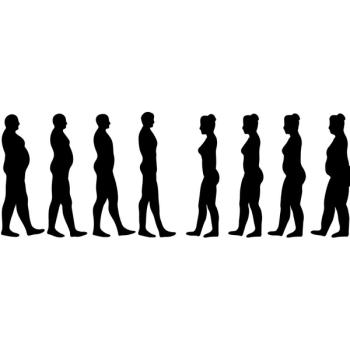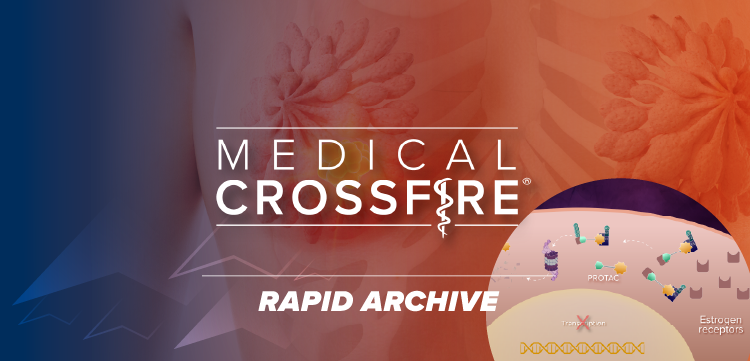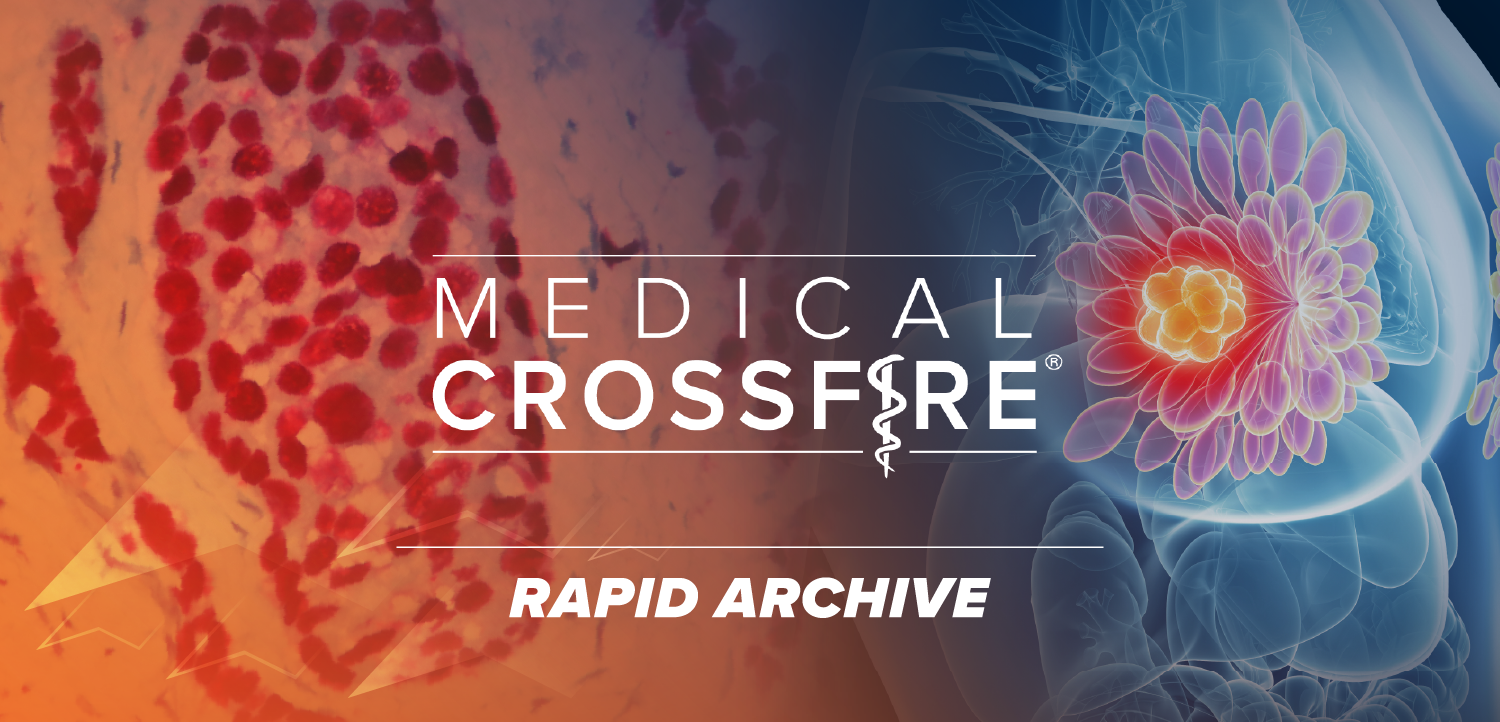
Novavax Releases Promising Data from Descriptive Trial for COVID/Flu Combination and Stand-Alone Flu Vaccines
Both investigational vaccines induced strong immunity across all antigens and researchers reported no new safety signals, supporting phase 3 development.
Novavax today reported early phase 3 data showing that its COVID-19–influenza combination vaccine (CIC) and stand-alone trivalent influenza vaccine (tNIV) generated strong immune responses and were well tolerated in adults aged 65 years and older.
In this initial cohort of approximately 2,000 participants, both candidates induced neutralizing antibody levels against influenza strains H1N1, H3N2, and B, and SARS-CoV-2, with responses ranging from 2.4- to 5.7-fold above baseline. Immunogenicity appeared comparable to licensed vaccines Fluzone HD and Nuvaxovid. Safety profiles were also similar, with more than 98% of solicited adverse events rated as mild or moderate.
While the study was not powered for statistical comparisons, these descriptive data will inform a registrational phase 3 program and ongoing partnering discussions, according to the statement.
The preliminary phase 3 findings build on data from an earlier phase 2 study in which the company's CIC, its stand-alone influenza, and high-dose COVID-19 vaccine candidates all produced strong immune responses and showed acceptable safety profiles in adults aged 50 to 80 years.
The stand-alone flu vaccine outperformed the inactivated adjuvanted trivalent vaccine Fluad (Sequiris) and the inactivated influenza trivalent vaccine high dose Fluzone HD (Sanofi) in hemagglutination inhibition (HAI) responses, with titers 31% to 56% higher for all strains and up to 89% higher for A strains. The CIC vaccine achieved antibody levels comparable to Novavax’s prototype COVID-19 vaccine and flu responses in line with authorized comparators. The high-dose COVID-19 candidate elicited IgG and neutralizing responses approximately 30% higher than the prototype vaccine, while maintaining a similar safety and reactogenicity profile.
No serious adverse events related to the vaccines were observed. These findings supported continued development and informed the design of the phase 3 trial reported today.
References
1. Novavax's COVID-19-influenza combination and stand-alone influenza vaccine candidates showed robust immune responses and were well tolerated in initial cohort of a phase 3 trial. News release. Novavax. June 11, 2025. accessed June 11, 2025. https://ir.novavax.com/press-releases/2025-06-11-Novavaxs-COVID-19-Influenza-Combination-and-Stand-alone-Influenza-Vaccine-Candidates-Showed-Robust-Immune-Responses-and-Were-Well-Tolerated-in-Initial-Cohort-of-a-Phase-3-Trial
2. Positive phase 2 topline results show Novavax's COVID-influenza combination, stand-alone influenza and high-dose COVID vaccine candidates demonstrate robust immune responses. News release. Novavax. may 9, 2023. Accessed June 11, 2025. https://ir.novavax.com/press-releases/2023-05-09-Positive-Phase-2-Topline-Results-Show-Novavaxs-COVID-Influenza-Combination,-Stand-alone-Influenza-and-High-dose-COVID-Vaccine-Candidates-Demonstrate-Robust-Immune-Responses
Newsletter
Enhance your clinical practice with the Patient Care newsletter, offering the latest evidence-based guidelines, diagnostic insights, and treatment strategies for primary care physicians.

















































































































































































































































































